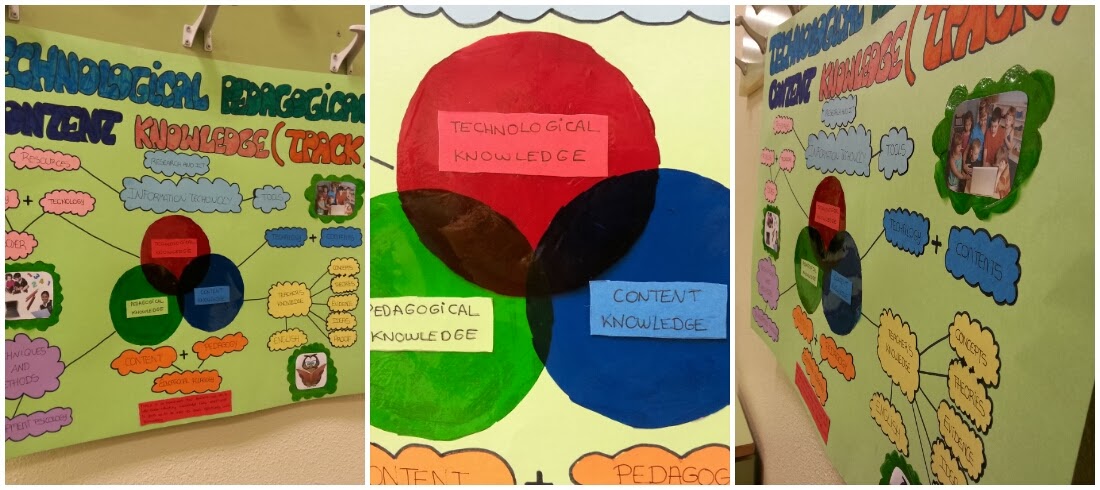Hello everyone !
I'm Nerea and this week I'm the translator of my
group. My task is to choose the five most important things we have learned this
week working in the group.
The concepts that I have chosen are: Creative Common
License, Presentation, Story board, basic tips and share slides
Creative
Common License :
It is a license to use and share the creativity and
knowledge freely . The Creative Commons licenses are not replaces by Copyright
There are 4 types :
Attribution (BY)
Driving alike ( SA )
Non-Commercial ( NC)
No derivatives ( ND )
Presentation:
A presentation is the process that allows display the
content of a topic. To make a good one should keep in mind some tips that
explain later.
The presentation can be done in many ways: with
slides, with documents even with nothing. The main objective of the
presentation is to present content and do in every ways.
Storyboard:
The storyboard is a guide to the presentation, that
is, before you do it, you must make a storyboard with images that you will use
in order to understand what you're going to do and how.
Basic Tips:
As I said before, there are some tips that will help
you make a good presentation, here I am putting some of them:
1. Begin with the end in mind
2. Know your audience best
3. Content, content, content
4. Keep it simple
5. Content outlines
6. Having a sound, a clear structure
7. Dakari nani? (So what?)
8. Can you pass the elevator test?
9. The art of storytelling
10. Confidence how to get it?
11. Keep it simple
12. Limit bullet points and text
Slide Share:
Slide share is a company that aims to share knowledge
online.
Slide Share is an important tool because we can share
the content that matters to us with others. With this tool for our future
projects can reach a wider audience.
Finally, I chose these items because I think are most
important and must be learned on the job this week .
Nerea





.png)
.png)
.png)
.png)
.png)
.png)
.png)
.png)
.png)
.png)
.png)
.png)
.jpg)
.jpg)
.jpg)














